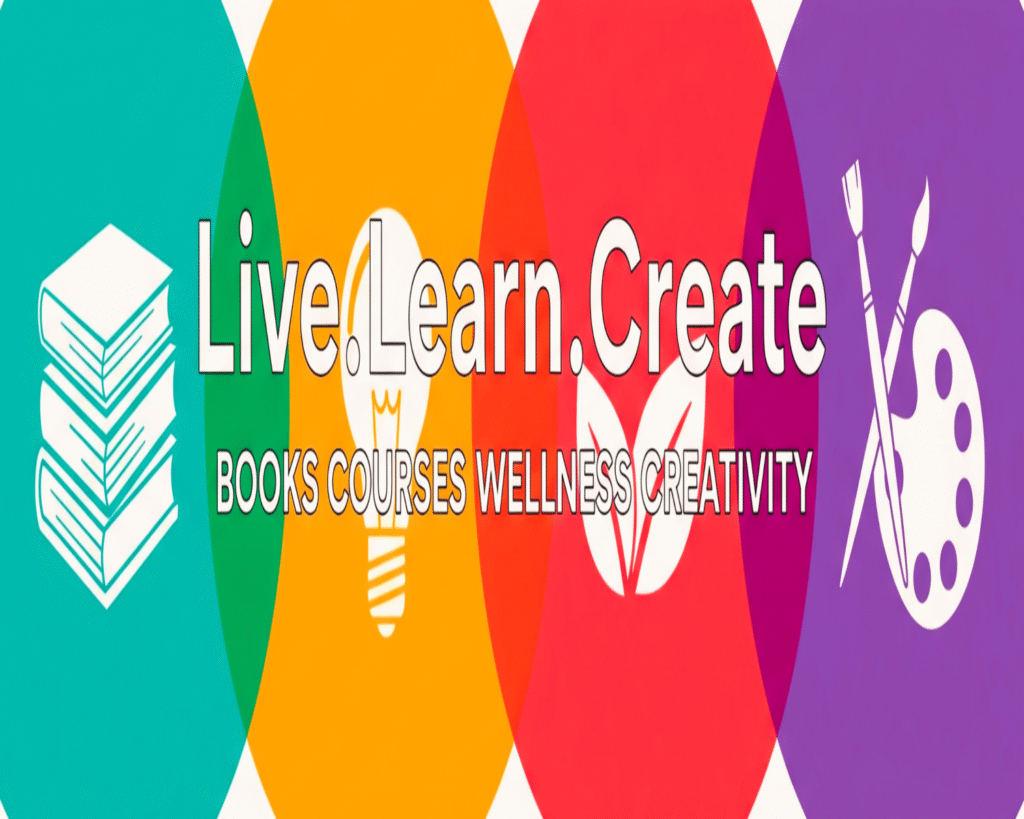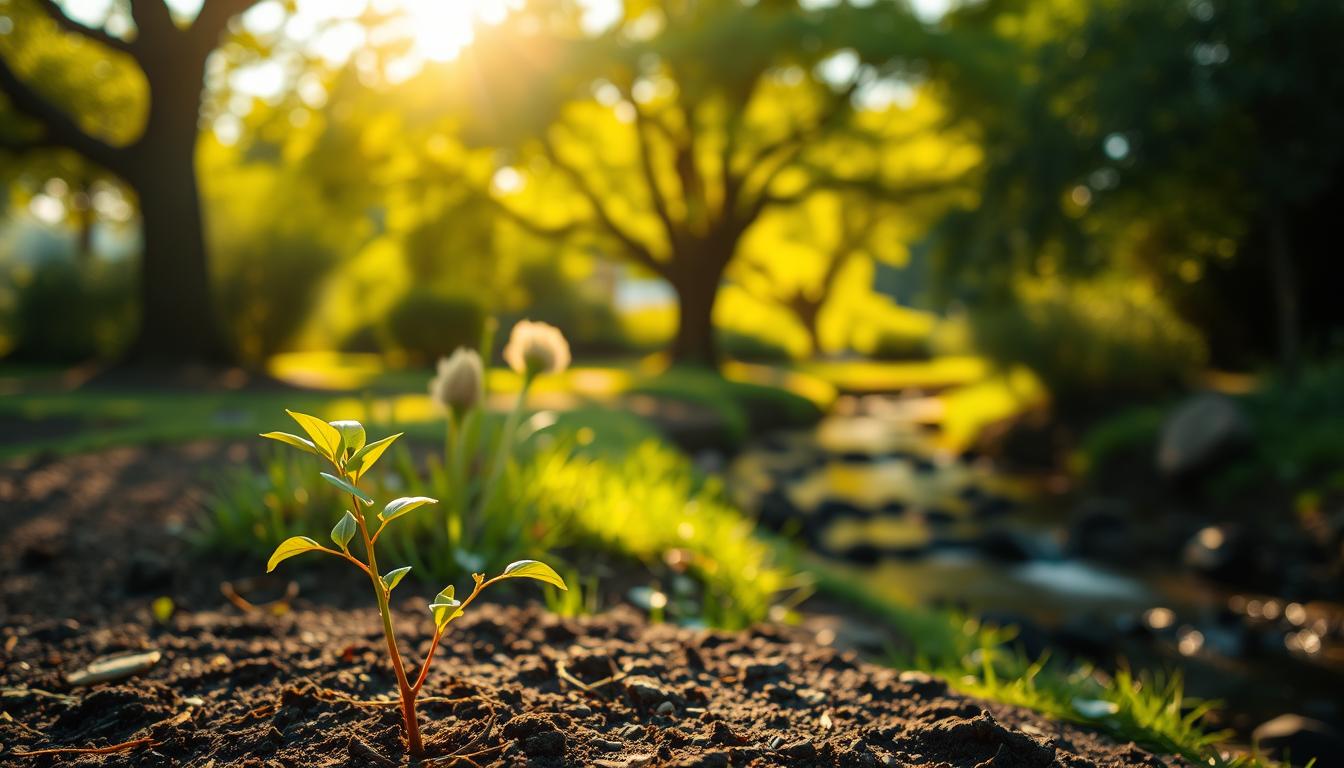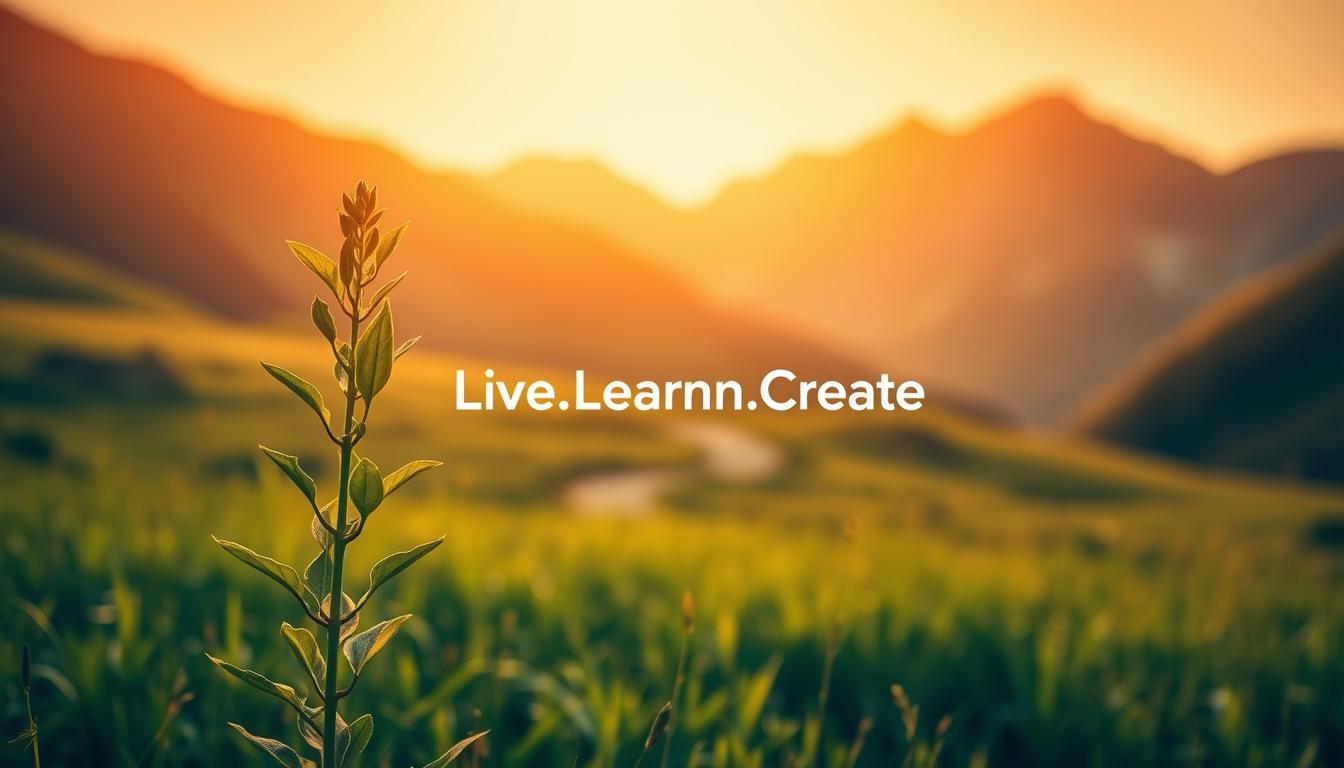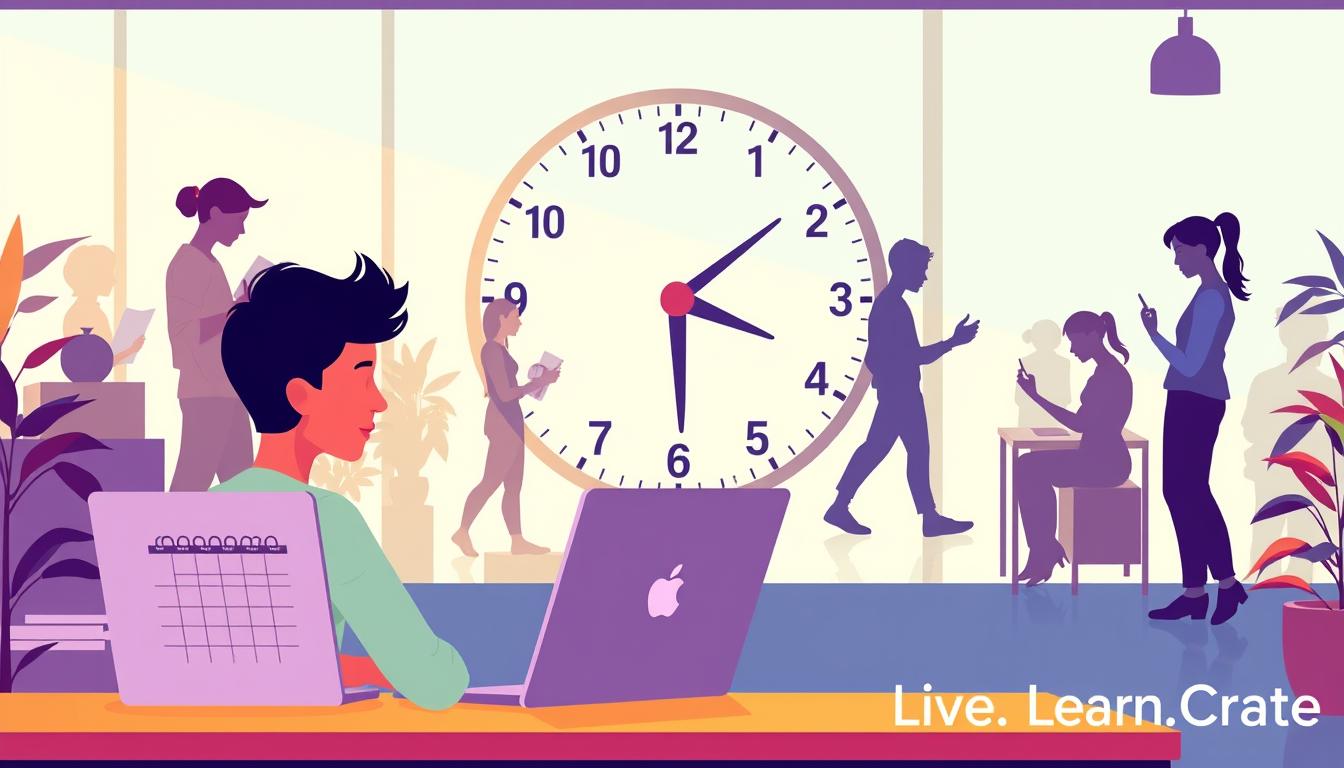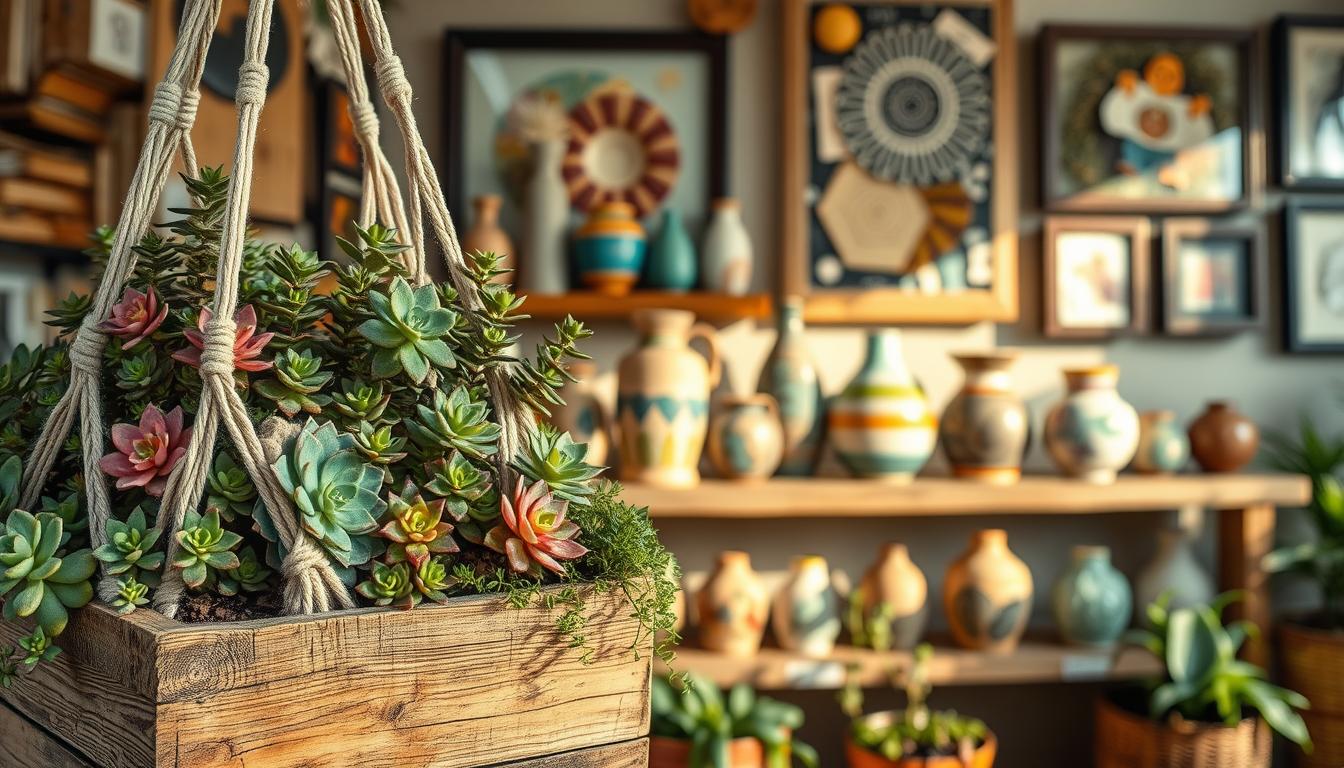“You do not rise to the level of your goals. You fall to the level of your systems.” – James Clear’s words remind us that meaningful progress starts with daily practices, not just grand ambitions. Whether your vision of a fulfilling life involves financial freedom, launching a business, or nurturing wellness, it’s the small, consistent steps that shape your journey.
What defines fulfillment varies deeply between people. For some, it’s building stability for their families. For others, it’s creating something impactful. What unites us? The need to design routines that align with our values and generate momentum. I’ve seen firsthand how intentional systems—like morning rituals or mindful planning—create space for growth, even when life feels chaotic.
Let’s be honest: reshaping routines isn’t easy. Old patterns cling like gravity. But with compassion and curiosity, we can build practices that energize rather than drain. This isn’t about perfection—it’s about progress. Together, we’ll explore how to identify what truly matters to you and craft habits that turn aspirations into lived experiences.
Key Takeaways
- Success varies by individual—financial stability, health, or entrepreneurial goals
- Daily routines shape progress more than end goals alone
- Intentional practices create energy for long-term achievements
- Consistency transforms small actions into lasting identity shifts
- Self-compassion is key when building new patterns
Understanding the Role of Habits in Achieving Success
The patterns we repeat daily are the invisible architects of our lives. Whether it’s choosing a morning walk over hitting snooze or opting for takeout instead of meal prep, these choices compound over time. I’ve noticed that what separates thriving individuals from those feeling stuck isn’t talent—it’s their relationship with routine.
Defining Good Versus Bad Habits
Not all routines serve us equally. Beneficial patterns—like hydrating first thing or scheduling focused work blocks—act as scaffolding for growth. Conversely, actions that drain energy (endless scrolling or skipping movement breaks) often become barriers. The tricky part? Constructive behaviors require conscious effort, while destructive ones creep in unnoticed.
How Daily Routines Shape Your Future
Your week consists of 168 hours—how you allocate them matters profoundly. Those who consistently prioritize health, learning, or relationship-building—traits common among successful people—don’t just have better days; they design better decades. Research shows it takes about 66 days to solidify a new pattern, but the direction you choose today influences where you’ll stand next year.
Mapping Out Your Personal Vision and Goals
Imagine holding a compass that points toward your deepest aspirations. A 2023 Gallup study reveals something powerful: those who write down their objectives are 42% more likely to reach them. This isn’t magic—it’s the science of clarity. Your vision acts as that compass, guiding daily choices toward what truly matters.
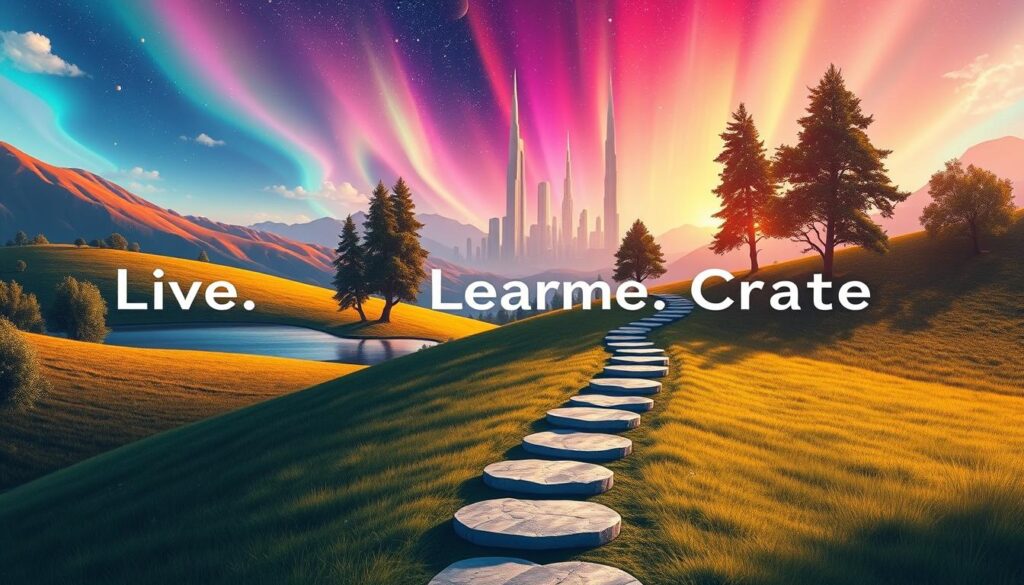
Establishing Long-Term Objectives
Start by sketching your five-year blueprint. What relationships, career milestones, or health targets light you up? I’ve found that goals rooted in personal values—not societal expectations—create lasting motivation. One client realized her dream of opening a community garden wasn’t about plants; it was about nurturing connections.
Creating an Actionable Roadmap
Break your vision into quarterly progress markers. If “launch a business” feels overwhelming, focus on this month’s market research. Try this approach:
- Define 3-5 yearly priorities
- Set 90-day targets aligned with them
- Schedule weekly check-ins to adjust course
Remember, flexibility matters. Life shifts—and so can your plan. What stays constant? The north star of your core intentions.
Building a Structured and Organized Life
Structure isn’t about rigidity—it’s about creating space for what matters most. I’ve found that clarity in your physical and digital environments directly fuels momentum. Think of organization as designing guardrails that keep you moving toward priorities, even on chaotic days.
Effective Tools and Techniques for Organization
Start by auditing where you lose time or focus. Do unread emails pile up? Are project deadlines slipping? Simple solutions exist:
| Challenge | Tool | Impact |
|---|---|---|
| Task tracking | Trello/Asana | Visualize progress |
| Time management | Google Calendar | Block focus hours |
| Document chaos | Notion/Evernote | Centralize resources |
Schedule 15 minutes daily to reset your workspace. This small investment prevents hours of searching for misplaced things later. One client reclaimed 3 weekly hours simply by labeling shelves and using a digital inbox for urgent tasks.
Remember: systems should serve people, not perfection. Test tools for 2-3 weeks before committing. What works for a CEO might overwhelm a creative freelancer. Your ideal structure aligns with how you naturally work and think.
Embracing the Power of Taking Immediate Action
Stepping into the unknown often feels like standing at the edge of a cliff—exhilarating yet terrifying. I’ve watched countless people freeze at this threshold, their dreams hovering just beyond reach. What separates those who move forward? It’s not fearlessness—it’s understanding that growth lives through action, not before it.

Overcoming Fear and Inertia
Your mind might whisper: “Wait until you’re fully ready.” Here’s the truth—you never will be. Research shows that 72% of self-described perfectionists delay starting projects due to imagined shortcomings. Yet those who begin anyway discover their capacity expands with each attempt.
Consider this: every meaningful experience—whether a triumph or lesson—strengthens your resilience. A client once shared how launching her bakery during uncertain times taught her more about adaptability than years of planning. “The difference,” she said, “came from doing the work, not just dreaming about it.”
Start small if needed. Draft that first email. Schedule one client call. Action creates momentum that planning alone can’t match. Remember—you’re not leaping blindly. You’re building wings through motion.
Prioritizing Tasks for Maximum Impact
How do you decide what deserves your attention today? Stephen Covey’s famous time management matrix reveals a truth many overlook: urgent things often distract us from what’s truly meaningful. Imagine two filters for every task—one measuring deadlines, the other measuring alignment with your goals.
Here’s what I’ve learned from coaching high achievers: successful people treat their time like currency. They invest it in activities that compound—like skill-building or relationship-nurturing—rather than spending it on fleeting demands. A client once shared how saying “no” to minor requests freed 10 weekly hours for her passion project.
Try this approach:
- Label tasks as urgent (needs quick action) or important (aligns with long-term vision)
- Schedule important-but-not-urgent items first—they’re your growth engines
- Batch similar activities to preserve mental clarity
Your mind thrives when focused on high-impact things. Before taking on a new task, ask Covey’s pivotal question: “Does this move me closer to my deepest aspirations?” This simple filter transforms busyness into purposeful progress.
Self-Care: The Foundation of Sustainable Success
We often treat our well-being as an afterthought—until life reminds us it’s the bedrock of everything else. I’ve learned through my own journey (and coaching hundreds of others) that caring for your whole self isn’t selfish—it’s strategic. Think of it as maintaining the engine that powers your dreams.

Fueling Your Body for Peak Performance
Your physical health acts as your energy reservoir. A client once shared how swapping sugary snacks for protein-rich meals transformed her afternoon focus: “I stopped crashing at 3 PM and finally finished my certification course.” Simple choices matter:
- Move for 20 minutes daily—walking counts
- Hydrate before reaching for caffeine
- Protect 7-8 hours of sleep like business meetings
These aren’t luxuries—they’re maintenance for your mind and body. Research shows regular movement boosts decision-making skills by 23%.
Nurturing Your Inner Landscape
Emotional well-being isn’t about constant happiness—it’s about resilience. Try this 4-7-8 breathing technique when overwhelmed: inhale 4 counts, hold 7, exhale 8. One entrepreneur told me this practice helped her navigate a major funding negotiation with clarity.
Boundaries become your growth accelerators. Saying “no” to late-night emails preserves morning creativity. Remember: you can’t pour from an empty cup. Small acts of self-kindness—like unplugging devices by 9 PM—replenish your capacity to handle life’s complexities.
Leveraging Time Management and Resource Allocation
Your days are like clay—moldable but finite. A 2023 Zippia study shows 89% of professionals experience burnout, often from mismanaging their most vital resources: time and energy. Unlike money, these can’t be replenished once spent. This changes how we approach our work and lives.
Techniques to Maximize Daily Productivity
Start by auditing your energy cycles. Are mornings your peak focus window? Guard that time for high-impact tasks. One client doubled her output by reserving 9-11 AM for deep work, leaving afternoons for meetings.
Try this three-step approach:
- Time-block essentials first (sleep, meals, movement)
- Batch similar tasks to reduce mental switching costs
- Delegate or eliminate low-value activities
I’ve seen people reclaim 10+ weekly hours simply by saying “no” to non-essential requests. Remember: every “yes” steals time from something else. Use tools like the Eisenhower Matrix to separate urgent tasks from meaningful ones.
Build recovery periods into your schedule. A 20-minute walk midday isn’t lost productivity—it’s an investment in sustained focus. As one CEO shared: “Protecting my lunch break made me sharper for afternoon decisions.”
Your day becomes your life’s blueprint. Treat each hour as a deliberate choice, not a default setting. Small adjustments compound—like watering plants daily rather than flooding them weekly.
Integrating Continuous Learning and Curiosity
The most vibrant lives are woven from threads of curiosity—always exploring, always stretching. Formal education plants seeds, but true mastery blooms through daily nurturing of your mind. I’ve watched people transform careers by treating commutes as classrooms (hello, podcasts!) and nature walks as idea incubators.
Strategies for Self-Directed Education
Your learning toolkit can be as unique as your fingerprint. One client swapped Netflix nights for audiobooks on Audible, absorbing 30 books yearly during dog walks. Mastermind groups became her secret weapon—exchanging skills with others accelerated her growth faster than any solo study.
Stay open to lessons in unexpected places. A coffee chat might reveal productivity hacks. A failed project could teach resilience. I’ve found journaling three “daily discoveries” sharpens this awareness—try it for a week.
Remember: every experience holds wisdom if you’re willing to listen. Your mind thrives when fed diverse perspectives. What new territory will you explore today?
FAQ
How do I start changing daily routines if I’m stuck in old patterns?
Begin with micro-changes—like waking up 15 minutes earlier or journaling three thoughts each morning. Atomic Habits author James Clear emphasizes “habit stacking”, attaching new behaviors to existing ones (e.g., stretching after brushing your teeth). Progress builds momentum without overwhelming you.
What’s the real difference between productive and unproductive routines?
Productive routines align with your long-term vision—like dedicating mornings to deep work. Unproductive ones drain energy without meaningful results, such as scrolling social media during prime focus hours. Ask: “Does this move me closer to my goals or further away?”
How can I create a clear vision when feeling overwhelmed?
Try reverse-engineering. Visualize your ideal life in 5 years—Brene Brown’s “future self” exercise works wonders. Break it into yearly milestones, then monthly targets. Tools like Notion or Trello help organize these into actionable steps, turning foggy ideas into a roadmap.
What tools help maintain organization during chaotic periods?
Time-blocking with Google Calendar ensures structure, while the Pomodoro Technique (25-minute focused intervals) combats overwhelm. For mental clutter, apps like Todoist prioritize tasks using the Eisenhower Matrix: urgent vs. important. Physical planners like Passion Planner also reinforce accountability.
How do I overcome fear of taking the first step toward big goals?
Embrace the “5-second rule” from Mel Robbins: count down from 5 and act. Fear shrinks when you start small—write one page of your book, make one sales call, or research one course. Action fuels courage, not the other way around.
Why does task prioritization matter more than multitasking?
Stanford research shows multitasking reduces productivity by 40%. Prioritizing—using methods like Warren Buffett’s “2-list strategy” (focusing on top 5 goals)—ensures energy flows to high-impact tasks. It’s about doing fewer things better, not everything at once.
Can physical exercise truly impact professional growth?
Absolutely. A Harvard study found regular exercise boosts cognitive function by 15-20%, enhancing decision-making and creativity. Leaders like Oprah Winfrey and Richard Branson credit morning workouts for their clarity and stamina. Movement isn’t a distraction—it’s a performance enhancer.
What time management methods work best for creative minds?
Experiment with “flowtime” (flexible deep work sessions) instead of rigid schedules. Apps like Toggl track energy peaks—schedule brainstorming during high-energy windows. Author Cal Newport recommends “time-blocking themes” (e.g., Mondays for planning, Tuesdays for creating).
How do I stay curious when facing repeated setbacks?
Reframe challenges as experiments. Sara Blakely, founder of Spanx, celebrates failures as “data points.” Use curiosity-driven questions: “What can I learn here?” or “How might this obstacle strengthen my resilience?” Podcasts like Huberman Lab also reignite wonder through science-backed insights.
Transform your home into a more peaceful and mindful sanctuary. Creating a Zen-inspired home environment is a core part of the “Live.Learn.Create” theme, focusing on peace, mindfulness, and a clutter-free space. Here is a curated list of Zen home items.
The Zen Essentials
These items are the building blocks of a calm, intentional living space.
- Candles & Scents:
- Scented Candles: Look for calming, natural scents like sandalwood, lavender, white tea, or bergamot. Choose candles made with soy or beeswax for a clean burn.
- Essential Oil Diffusers: A minimalist, sleek diffuser made of bamboo, ceramic, or glass.
- Essential Oil Sets: Look for blends specifically for relaxation, focus, or sleep.
- Incense & Burners: Natural incense sticks (e.g., palo santo, sage) with a simple, elegant burner.
The Zen Decor
This is about incorporating natural elements and simple design.
- Natural Materials:
- Wood or Bamboo Trays: For organizing candles, stones, or other small items.
- Ceramic Vases: Simple, unglazed ceramic vases in neutral colors like white, beige, or gray.
- Minimalist Art: Simple line drawings, abstract prints, or nature-inspired artwork.
- Hand-Carved Stone Coasters: Or other small stone sculptures.
- Textiles:
- Linen or Cotton Throws: A soft, neutral-colored throw blanket to add warmth.
- Jute or Sisal Rugs: These add natural texture and grounding to a space.
- Meditation Cushions (Zafu) & Mats (Zabuton): These provide comfort for meditation and add a serene touch to a room.
The Zen Ambiance
These items help create a peaceful sensory experience.
- Lighting:
- Himalayan Salt Lamps: These provide a warm, soft glow.
- Japanese-style Paper Lanterns: For a soft, diffused light source.
- Dimmable Smart Bulbs: To easily control the warmth and brightness of your lighting.
- Sound:
- Tabletop Water Fountains: The gentle sound of running water is incredibly calming.
- Wind Chimes: Made from natural materials like bamboo or metal for a soft sound.
- Bluetooth Speakers: Small, aesthetically pleasing speakers for playing ambient or meditation music.
- Nature:
- Bonsai Trees or Air Plants: Low-maintenance indoor plants that bring life and a touch of nature indoors.
- Zen Gardens: A small, tabletop sand garden with a rake and stones for a meditative ritual.
- Decorative Rocks & Pebbles: For bowls or as a decorative element.
Best Sellers https://amzn.to/3Vet1tI
New Releases https://amzn.to/4mwLjTi
Amazon Movers & Shakers https://amzn.to/4fPsZlP
Mindfulness Coloring Books https://amzn.to/4fQ0wMx
Personal Growth Coloring Books https://amzn.to/4lJeRf0
Health & Wellness https://amzn.to/4oRt24C
Zen Home Decor https://amzn.to/3VeA3i6
Zen Garden Decor https://amzn.to/4mXjT8D
Zen Garden https://amzn.to/3HQTVVB
- Mindfulness & Meditation:
- Physical Wellness:
- Habit & Productivity Tools:
- Books:
- Best-selling personal development books (Mindset, The 7 Habits of Highly Effective People, The Subtle Art of Not Giving a F*ck)
- Books on a variety of skills (coding, photography, writing.)
- Educational Gadgets:
- Smart pens that digitize notes (e.g., Rocketbook)
- Portable scanners for digitizing documents
- Laptops, tablets, and accessories
Create (Creativity, Innovation, Projects)
These products cater to your creative side, whether you are a artists, writer, or DIY enthusiasts.
- Creative Supplies:
- Adult coloring books or “paint-by-sticker” books
- Craft kits (e.g., candle-making, pottery, embroidery)
- Digital Creation Tools:
- General Inspiration & Making:


